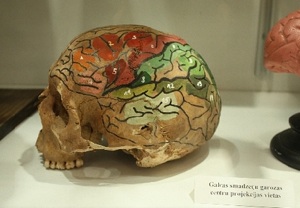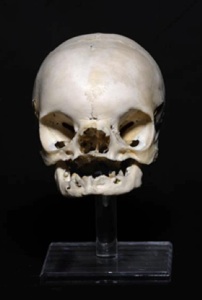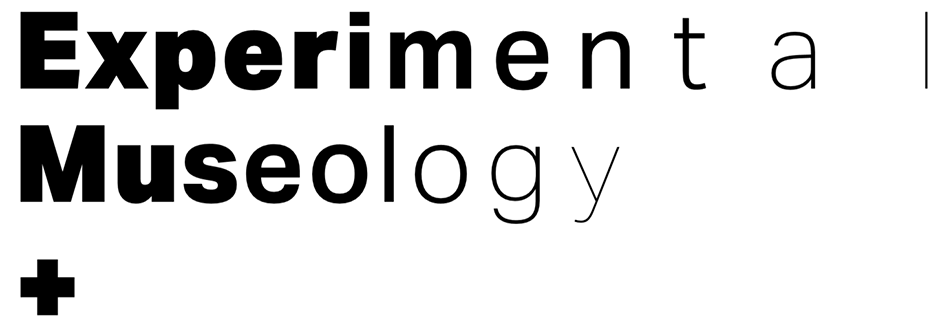|
About
Taken as a whole, the Brain Museum’s collection demonstrates how the components of our nervous systems work together. Visitors can see the brain’s layers and internal structures firsthand and view them from different angles.
At the original South Campus location, almost 90 beautifully illuminated brain specimens highlight anatomical features such as the corpus callosum, hippocampus and cerebellum. Pathological specimens show conditions such as Alzheimer’s disease, cerebral aneurysms and hydrocephalus.
Dissections show the full pathways for vision and hearing, and photographs offer closer views of the brain’s intricate structures. A display that highlights the achievements of groundbreaking researchers in neuroanatomy sets the discipline in its historical context.
The museum also houses a world-class collection of slides that display stained cross-sections of brain tissue, which medical students and researchers can consult by arrangement with the Department of Pathology and Anatomical Sciences.
|










